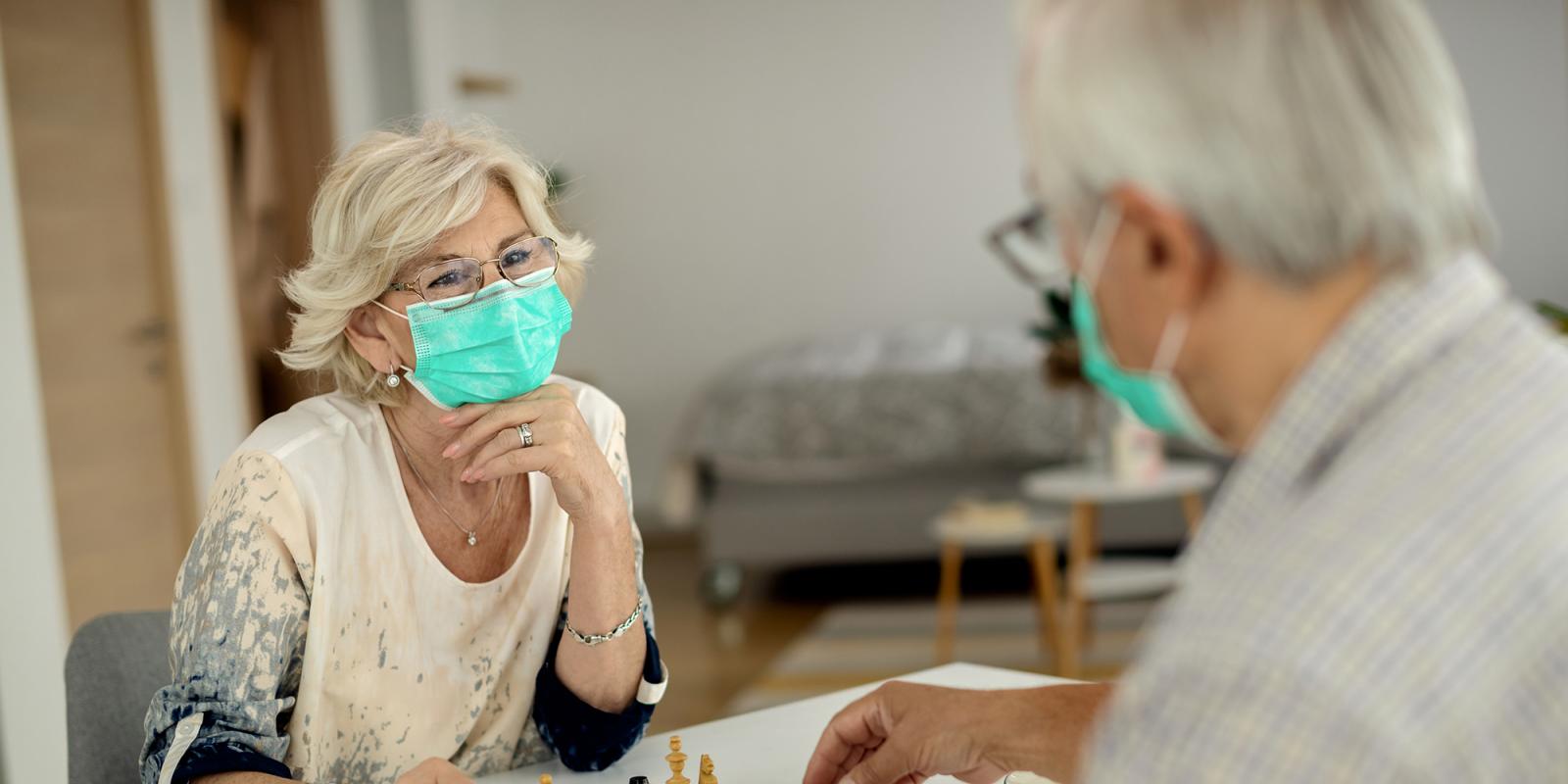After five years of research, site visits and being wait-listed, in May 2019, I moved to a Continuing Care Retirement Community (CCRC) in Durham, NC. I had been looking for a college town in a less-congested area than Washington, DC, and Durham seemed to fit the bill. The community I chose had a good vibe to it and beautiful cottages in the independent living section.
I knew no one at the community when I moved here, so the first few months were busy with trying out different activities, joining buses of residents to local attractions and offering to help out with too many committees. I met a lot of my neighbors, and made friends and found dining partners quickly. In short order, I ended up on the residents’ council, and had to buy a paper planner to keep track of everything, as my phone could not display my whole day on a single screen.
In late February, we changed, along with the rest of the world. Club meetings, activities and trips were the first to be shut down. Our dining evolved from a self-serve buffet to one served by the kitchen staff, and then a short time later the dining room was closed to residents. At that point, large group meetings were no longer allowed, and the campus was closed to outside visitors, including family members.
The days that used to hold too many meetings and social events are now spent quietly at home with the dog. I’m an introvert at heart, so this self-isolation has not been much of a hardship for me. I’ve been reading a lot, knitting, doing puzzles and whittling down my Netflix queue. When I feel guilty about all this self-indulgence, I clean or organize something. One meal a day is delivered to my door by the dining staff, with enough food for lunch and dinner.
Our in-house broadcast is a source of daily updates from management and a stream of programs and movies to help entertain us. We can leave campus and return, and temperature checks at the gate are now routine. But most of us seem to stick close to home, waving at masked neighbors as we take walks, and getting to know the UPS and Amazon Prime drivers well.
‘I make a point of asking people what the best part of the quarantine has been for them.’
The isolation of this new reality has hit a lot of people hard. Dinner had been the main social event of the day, with groups of friends gathering or joining others at open tables, and lingering for long talks in the hallways after dinner. When I ask people how they’re doing, they mention that they miss their card games, being able to shop for themselves using the campus buses, seeing their families or just talking to others. With 6 feet of distance and masks, it’s hard for some to recognize others or to read the name tags that most of us wear.
Things are easing a bit. As of mid-September, we can meet in groups of 10 or fewer—distanced and masked. The fitness center, library, pool and hair salon are open again, but limited to five people at a time. We’re learning a new normal: concerts, lectures and movies are broadcast on TV from a new auditorium that we’re not yet allowed to use. Classes and large meetings have moved to Zoom, where the whole world seems to live these days.
Closing the campus to visitors and restricting gatherings, along with scrupulous cleaning, have kept us from having any COVID-19 cases in the independent living population (about 550 people). We have had a few cases among our staff of 500 and in the healthcare center with its 75 residents, but not until May and only about two dozen total, with no fatalities. We’re very lucky in that regard, and lucky that we have a staff who had been through a norovirus outbreak a few years ago and had extensive plans in place for isolating residents and disinfecting everything that can be disinfected.
I make a point of asking people what the best part of the quarantine has been for them. Some people are stumped by this, but for me, it’s the realization that I need a better balance of time with others and time with just myself.
When I first moved here, I was so worried about making friends and fitting in that I said yes to everything. When there was nothing to say yes to, I discovered that I needed that break and chance to re-center. As we move back toward more community interactions, I hope to remember how to say no—or at least say “later.”
Betsy M. Sprouse, PhD, retired from AARP in 2008 after a career in educational gerontology, philanthropy, and management of scholarship, fellowship and internship programs in gerontology. She is a past-president of the Academy for Gerontology in Higher Education. She considers her greatest professional accomplishment to be the successes of the students and young professionals that she has mentored.













